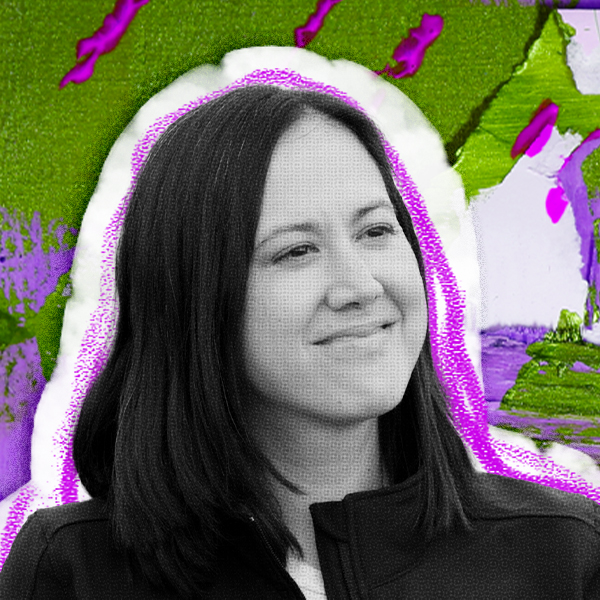I monitor the activity of Hawaiian volcanoes and then assess if they are a threat. I also have to figure out where lava flows are going, how to divert them if possible, or evacuate people if necessary.
CAREER
Geoscientists, Except Hydrologists and Geographers
Overview
Salary Median (2020)
$93,580
Projected Job Growth (2019-2029)
+4.9% (slower than the average)
Most Common Level of Education
Bachelor's degree
Career
Roadtrip Nation Leaders in This Career
What Geoscientists, Except Hydrologists and Geographers Do
Study the composition, structure, and other physical aspects of the Earth. May use geological, physics, and mathematics knowledge in exploration for oil, gas, minerals, or underground water; or in waste disposal, land reclamation, or other environmental problems. May study the Earth's internal composition, atmospheres, and oceans, and its magnetic, electrical, and gravitational forces. Includes mineralogists, paleontologists, stratigraphers, geodesists, and seismologists.
Other Job Titles Geoscientists, Except Hydrologists and Geographers May Have
Engineering Geologist, Environmental Protection Geologist, Exploration Geologist, Geological Specialist, Geologist, Geophysicist, Geoscientist, Hydrogeologist, Mine Geologist, Project Geologist
How Leaders Describe a Typical Day at Work
Writing and correcting professional letters and memos. Keeping up to date on resource extraction technologies and other alternatives for renewable energy. Using GIS applications for spatial studies. Visiting mining and geothermal companies throughout California. Inspecting abandoned mine features within the California desert. Chatting with co-workers. Enjoying the ocean breeze.
Tasks & Responsibilities May Include
- Plan or conduct geological, geochemical, or geophysical field studies or surveys, sample collection, or drilling and testing programs used to collect data for research or application.
- Analyze and interpret geological data, using computer software.
- Investigate the composition, structure, or history of the Earth's crust through the collection, examination, measurement, or classification of soils, minerals, rocks, or fossil remains.
- Analyze and interpret geological, geochemical, or geophysical information from sources, such as survey data, well logs, bore holes, or aerial photos.
- Identify risks for natural disasters, such as mudslides, earthquakes, or volcanic eruptions.
This page includes information from theO*NET 26.1 Databaseby the U.S. Department of Labor, Employment and Training Administration (USDOL/ETA). Used under theCC BY 4.0license. O*NET® is a trademark of USDOL/ETA.








